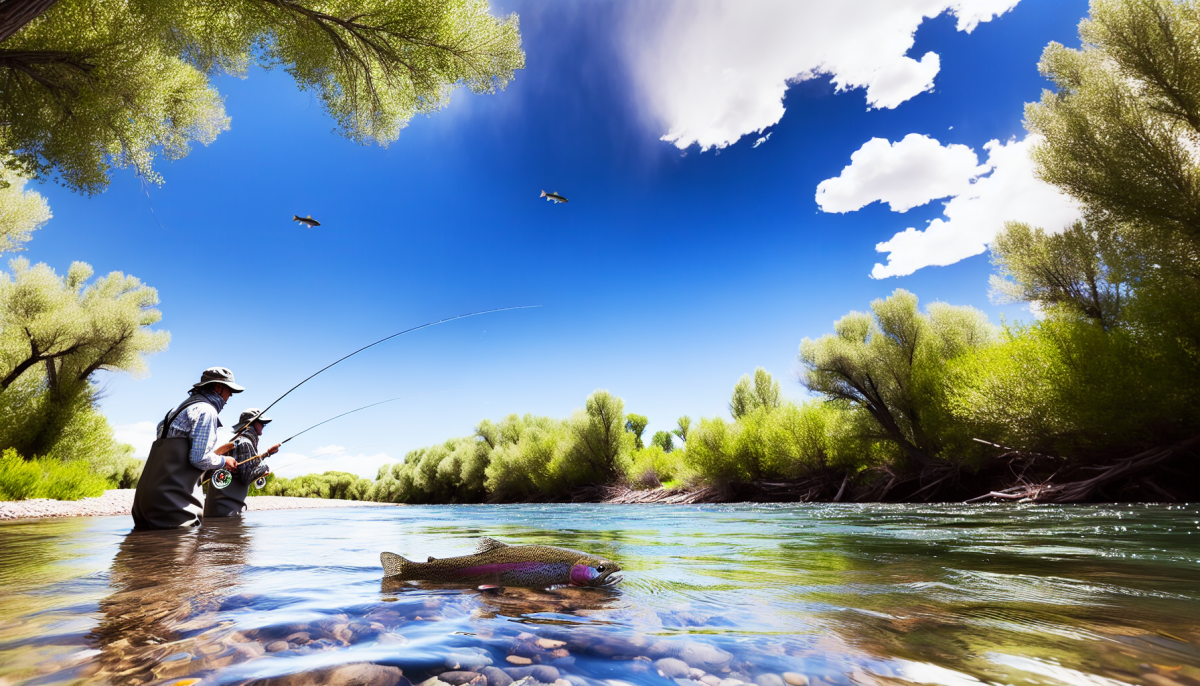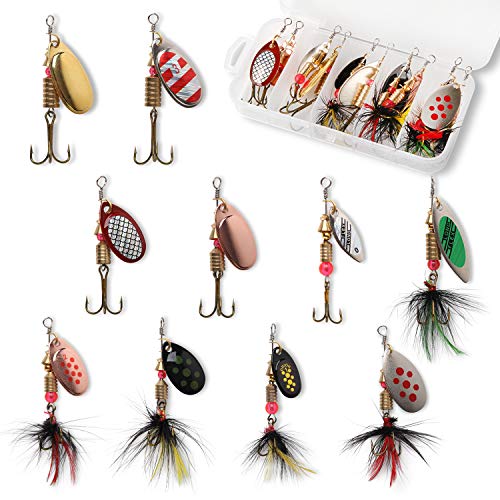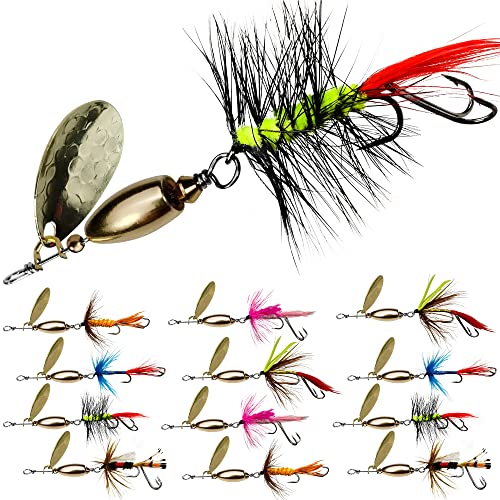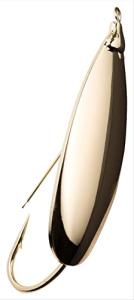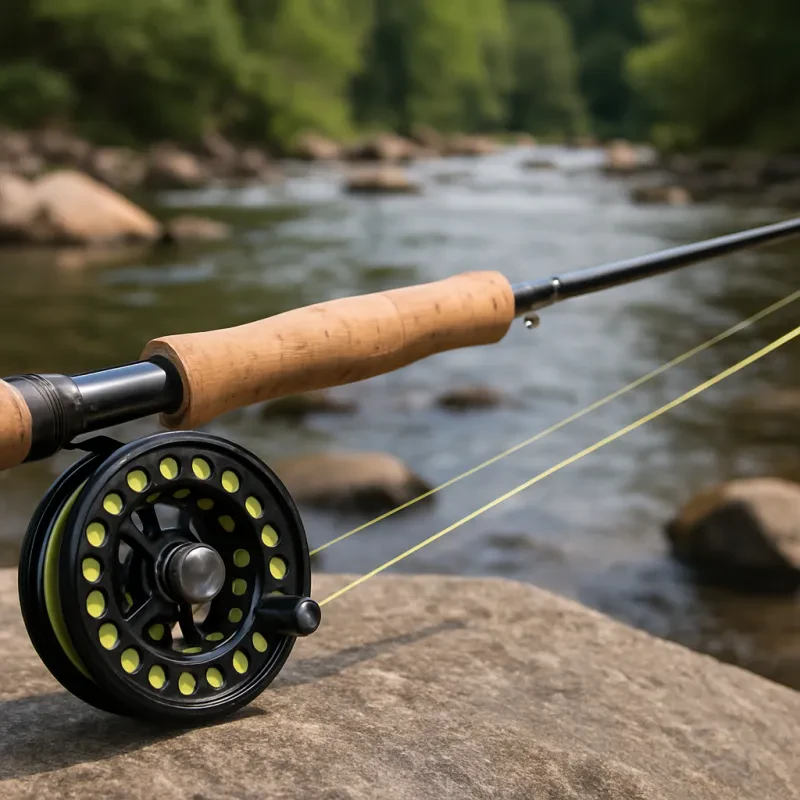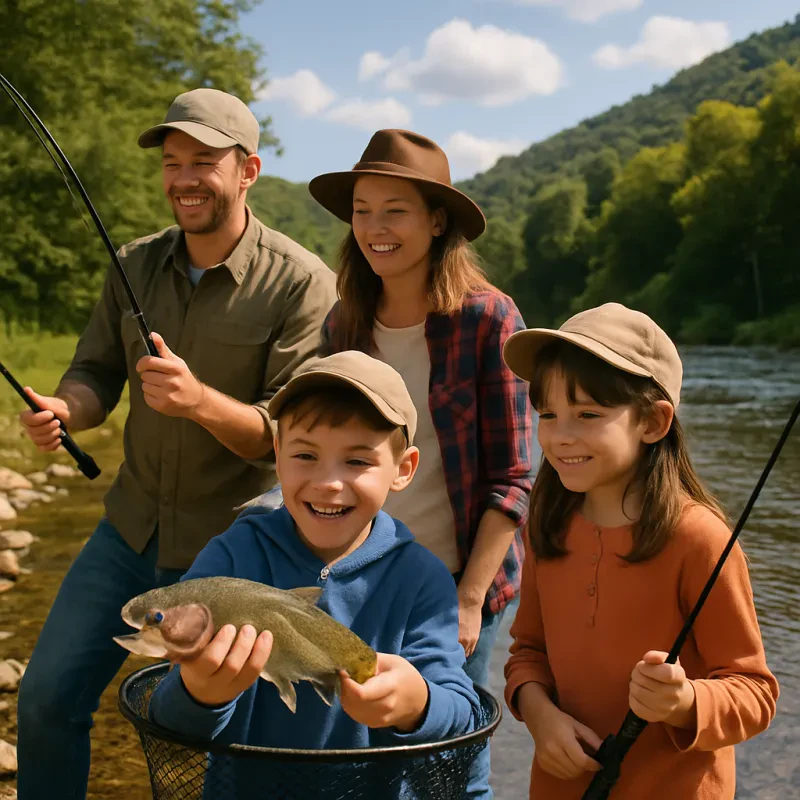Rainbow trout (Oncorhynchus mykiss) are among the most popular game fish in North America, known for their vivid coloration, feisty fights, and adaptability to various habitats. Whether you're a seasoned angler or a beginner, understanding how to effectively target and catch rainbow trout can elevate your fishing experience. This comprehensive guide covers everything from tackle selection to seasonal strategies, offering the best tips to help you catch more rainbows.
Understanding Rainbow Trout
Rainbow trout are native to the cold-water tributaries of the Pacific Ocean in North America, but they have been widely introduced across the globe. These fish are highly prized for their spirited fight and willingness to strike a wide variety of baits and lures. Typically found in rivers, streams, and lakes, rainbow trout thrive in clean, well-oxygenated water with temperatures ranging from 50 to 60 degrees Fahrenheit.
Physical Characteristics
Rainbows are named for the pink to red stripe that runs along their sides, complemented by a silvery body and black spots that scatter across their back and fins. Most stream-dwelling rainbow trout average between 8 to 16 inches in length, but lake-dwelling specimens, especially steelhead (anadromous rainbow trout), can grow much larger.
Best Gear for Catching Rainbow Trout
Rod and Reel Setup
A light to ultralight spinning rod between 6 to 7 feet long paired with a smooth reel is ideal for most rainbow trout fishing situations. A quality drag system is important since rainbow trout are known for quick runs and acrobatic jumps.
Line and Leader
Use 2 to 6 lb test monofilament or fluorocarbon line. In clear water, fluorocarbon is preferred due to its low visibility. A 24- to 36-inch fluorocarbon leader can help present your bait more naturally.
Hooks and Terminal Tackle
Small hooks in sizes 8 to 14 work best. Use split shot to get your bait to the desired depth without spooking wary fish. Swivels can help reduce line twist when using spinning lures.
Best Baits for Rainbow Trout
Live Bait
-
Worms: Nightcrawlers and red worms are trout favorites.
-
Minnows: Especially effective in lakes and reservoirs.
-
Salmon Eggs: Excellent choice during spawning season.
Artificial Bait
-
PowerBait: Formulated to mimic the scent and appearance of hatchery pellets. Ideal for stocked trout.
-
Soft Plastics: Small grubs and trout worms can be deadly, especially in stained water.
Effective Lures for Rainbow Trout
-
Spinners: Rooster Tail, Panther Martin, and Mepps Aglia are staples. Retrieve them slowly with occasional twitches.
-
Spoons: Kastmaster and Little Cleo are effective for casting distance and covering water.
-
Crankbaits: Small Rapalas and other minnow-imitating lures work well in lakes and slower rivers.
Fly Fishing for Rainbow Trout
Fly fishing is a traditional and rewarding way to catch rainbow trout. Depending on the season and water conditions, you'll want to adjust your fly selection accordingly:
Dry Flies
Great for warmer months when trout are rising. Adams, Elk Hair Caddis, and Blue Winged Olive are go-to patterns.
Nymphs
Use Pheasant Tail, Hare's Ear, and Prince Nymph under an indicator for subsurface feeding.
Streamers
Woolly Buggers and Muddler Minnows can tempt larger trout, especially in low light or stained water.
Where to Catch Rainbow Trout
Rivers and Streams
Look for riffles and pools where oxygen is plentiful and food is abundant. Trout often hold behind rocks or in undercut banks.
Lakes and Reservoirs
In still waters, focus on inlets, outlets, and drop-offs. Use a boat, float tube, or fish from shore during early morning or late evening.
Tailwaters
Below dams, tailwaters offer consistent flows and temperatures, creating ideal year-round rainbow trout habitat.
Seasonal Strategies for Rainbow Trout
Spring
As water temperatures rise, rainbow trout become more active. Look for them in shallower areas feeding on insects and minnows. This is prime time for both fly and spin anglers.
Summer
In warmer months, trout move to deeper, cooler water. Fish early and late in the day, and use longer leaders with stealthy presentations.
Fall
Trout feed aggressively to prepare for winter. This is a great time to target larger rainbows with streamers or bigger baits.
Winter
Trout are less active but can still be caught, especially on warmer days. Ice fishing for rainbow trout is popular in northern climates. Slow presentations and smaller baits work best.
Tips for Catching More Rainbow Trout
-
Match the Hatch: Observe local insect activity and use flies or lures that mimic them.
-
Stealth is Key: Approach fishing spots quietly and wear natural colors.
-
Adjust Depths: If you're not getting bites, change the depth of your presentation.
-
Stay Mobile: Don't be afraid to move if the fish aren't biting. Covering more water often yields better results.
-
Use Polarized Sunglasses: Spot fish and underwater structure more easily.
Catch and Release Best Practices
If you're practicing catch and release, handle rainbow trout with care:
-
Wet your hands before touching the fish.
-
Use barbless hooks for easy removal.
-
Keep the fish in the water as much as possible.
-
Use a rubber or knotless landing net.
-
Revive the fish by holding it gently in the current before release.
Final Thoughts
Catching rainbow trout is as much an art as it is a science. Their beauty, behavior, and diverse habitats make them an incredibly rewarding species to pursue. By mastering the basics and experimenting with different tactics, you can enjoy consistent success and unforgettable days on the water. Whether you're fly fishing a pristine mountain stream or casting lures into a stocked lake, the thrill of hooking a rainbow trout never gets old.
Tight lines!
